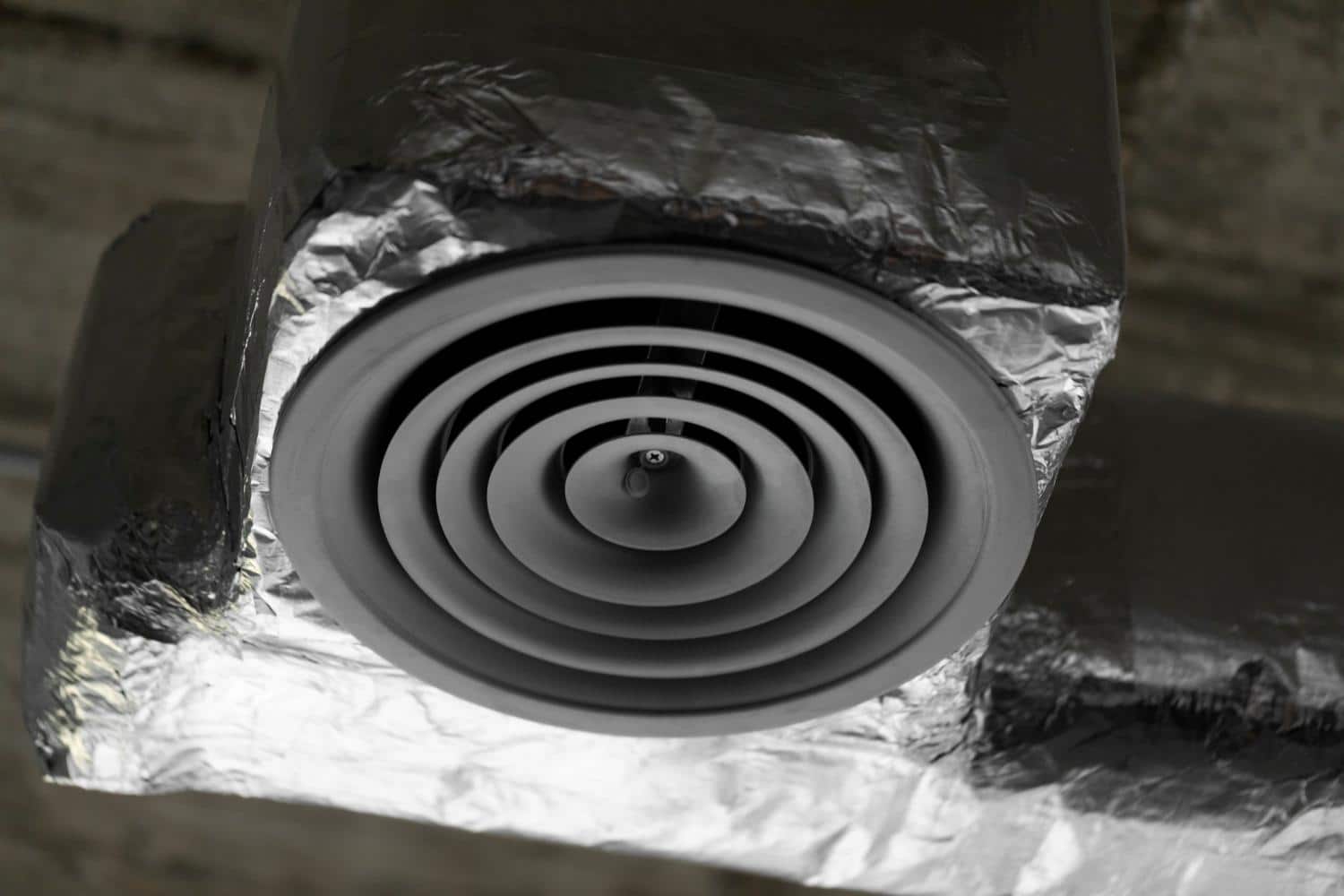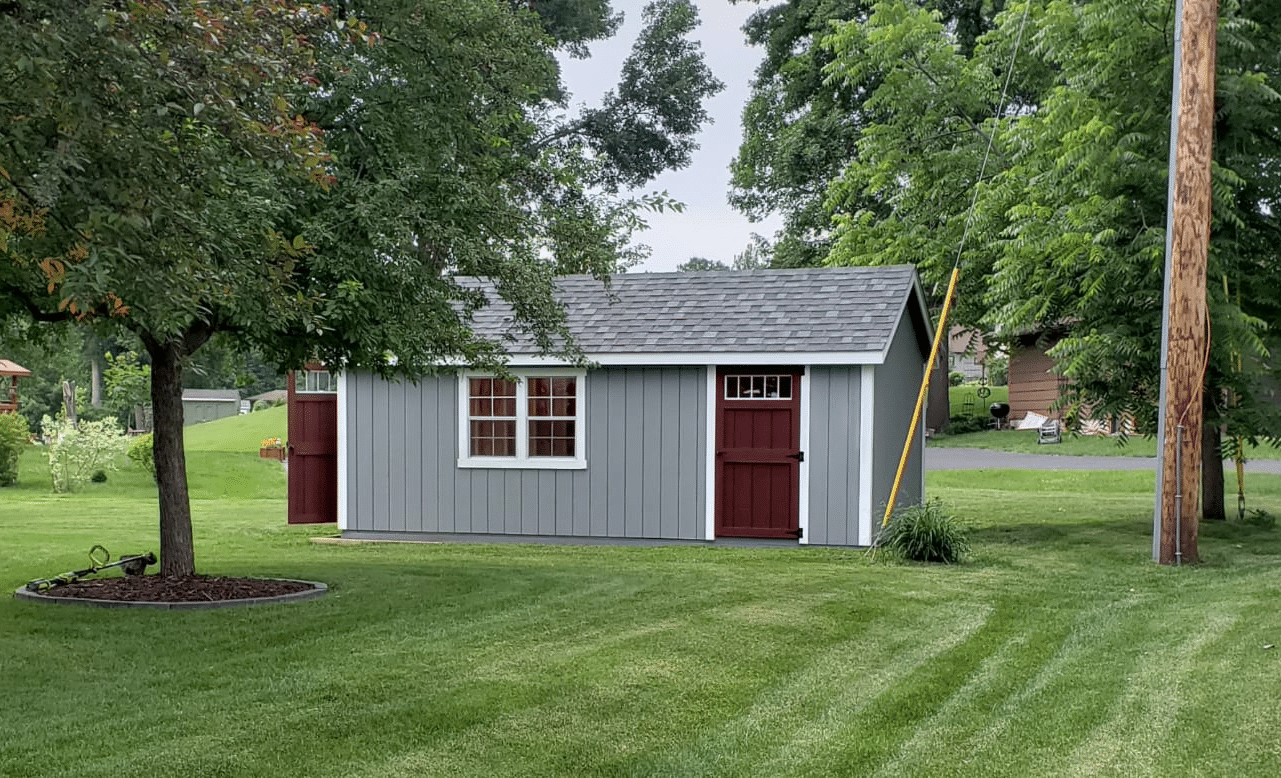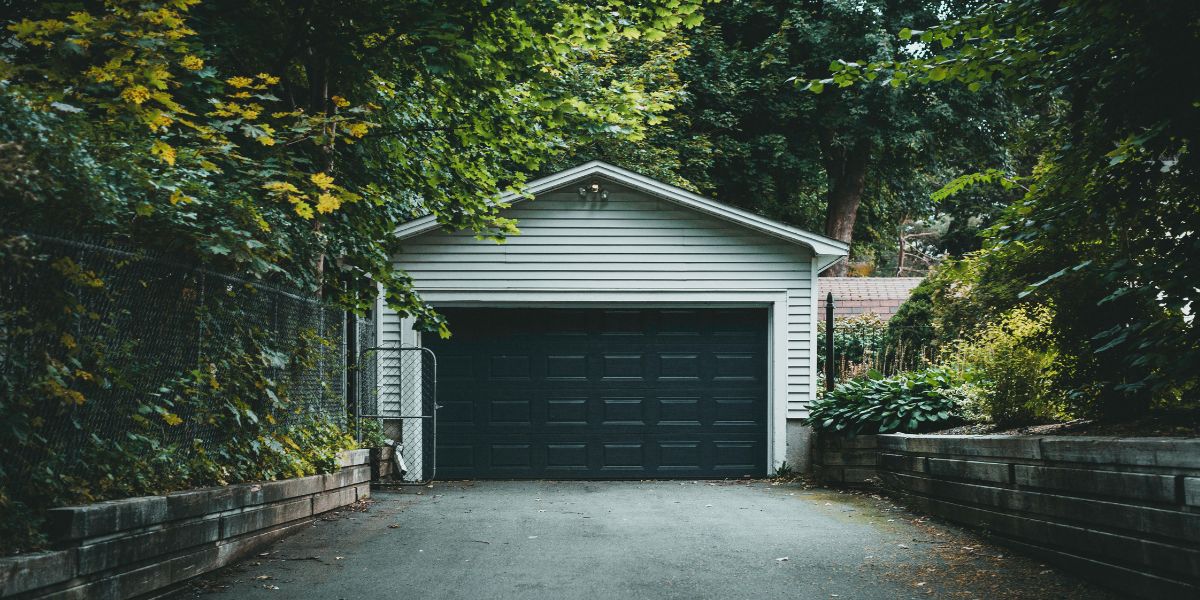Top Ways Prepare for Your Scheduled Dryer Vent Cleaning
Dryer vent cleaning is an essential part of home maintenance that many homeowners overlook. Clogged dryer vents can pose a significant fire hazard, decrease the efficiency of your dryer, and reduce the lifespan of your appliance. Scheduled dryer vent cleaning is not only crucial for safety but also for keeping your dryer functioning effectively.
Proper preparation before the professionals arrive can make the cleaning process more efficient and reduce downtime. This article will explore the top ways to prepare for your scheduled dryer vent cleaning, providing practical tips to ensure a smooth experience.
1. Understand the Importance of Dryer Vent Cleaning
Before delving into the preparation process, it’s important to understand why dryer vent cleaning is essential. Over time, lint, dust, and debris accumulate in the vent, which can lead to blockages. These blockages restrict airflow, causing the dryer to overheat and increasing the risk of fires.
According to the U.S. Fire Administration, clothes dryers cause approximately 2,900 home fires annually. These fires result in millions of dollars in damages, injuries, and even fatalities.
Aside from safety concerns, clogged vents make your dryer work harder, using more energy and taking longer to dry clothes. This translates to higher energy bills and potential wear and tear on the appliance. Regular vent cleaning can prevent these issues, ensuring your dryer operates efficiently and safely.
2. Schedule the Right Time
Once you’ve scheduled your dryer vent cleaning, it’s essential to pick the right time. Choose a day and time when you won’t need to use the dryer. This might seem obvious, but the cleaning can take some time depending on the level of clogging and the size of the vent system. Plan ahead to avoid running into situations where you need to do laundry but can’t because your dryer is unavailable.
Also, ensure that the appointment is at a time when someone can be home to grant access to the vent system. If the vent is located in an area that’s hard to reach, like a basement or attic, extra time might be needed, and it’s good to be available to answer any questions the technician might have.
3. Clear the Area Around the Dryer
Before the technician arrives, it’s important to clear the area around the dryer. Most dryer vents are located behind the appliance, so the technician will need space to move the dryer away from the wall. Remove any items like laundry baskets, cleaning supplies, or other clutter that might obstruct the path.
This not only ensures the technician has easy access but also prevents accidental damage to your belongings. It’s a good idea to make the space as clear and accessible as possible. If there are delicate items nearby, consider moving them to a safe location until the cleaning is complete.
4. Disconnect the Dryer if Necessary
In some cases, the technician may need to disconnect the dryer from the power source to access the vent. You can speed up the process by unplugging the dryer in advance, especially if you’re familiar with the appliance’s setup. However, if you’re not comfortable with unplugging or moving the dryer, leave it to the professionals.
If your dryer is gas-powered, it’s crucial to turn off the gas valve before moving the appliance to avoid gas leaks. In most cases, the cleaning company will handle these steps, but it doesn’t hurt to be prepared.
5. Check the Length and Condition of the Vent Duct
Before the technician arrives, it’s a good idea to check the length and condition of your dryer vent duct. Dryer vents vary in length depending on the design of the house, and the vent might extend to the roof, the side of the house, or even through a crawl space. Knowing the length of your vent can give the technician an idea of what to expect during the cleaning.
Also, take a look at the condition of the vent. If you notice any damage, such as cracks, holes, or signs of rust, let the technician know. Damaged vents can reduce the effectiveness of the cleaning and might need to be repaired or replaced. Pointing out these issues ahead of time helps the technician prepare for the job and ensures the vent is fully functional after the cleaning.
6. Keep Pets in a Safe Location
If you have pets, it’s essential to keep them in a safe location during the dryer vent cleaning. The process can involve moving the dryer, vacuuming, and other activities that might be noisy or disruptive for your pets.
Additionally, technicians often need to keep doors open as they move equipment in and out, which creates an opportunity for curious pets to escape or get in the way. Keep your pets in a different room or their designated safe space until the cleaning is complete.
7. Inspect the Outdoor Vent Cap
Many homeowners forget that dryer vents usually have an outdoor exit point. Before the technician arrives, take a moment to inspect the outdoor vent cap, which is where the dryer exhaust exits your home. This cap can accumulate lint, debris, or even be obstructed by pests like birds or rodents.
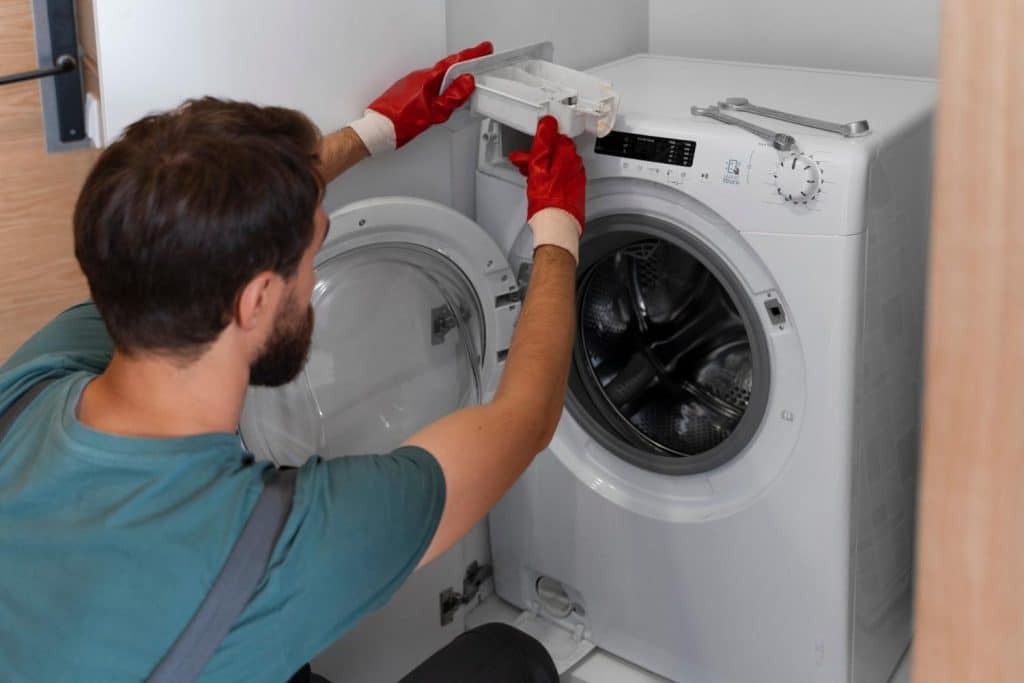
Ensure that the vent cap is free of obstructions, and if possible, clean any debris around it. If you notice any damage or blockages, let the technician know so they can address it during the cleaning. Outdoor vent caps are prone to wear and tear from weather conditions, so regular inspection can help prevent future problems.
8. Know the Signs of a Clogged Dryer Vent
It’s helpful to be aware of the signs of a clogged dryer vent, so you can inform the technician of any specific issues. Some common signs include:
- Clothes taking longer to dry than usual
- A burning smell coming from the dryer
- The dryer feels unusually hot to the touch
- Excessive lint buildup around the dryer or in the lint trap
- The vent flap on the exterior of your home doesn’t open when the dryer is running
If you’ve noticed any of these signs, mention them to the technician so they can pay extra attention to those areas during the cleaning.
9. Prepare for Additional Services
Some dryer vent cleaning companies offer additional services, such as cleaning the dryer itself, inspecting the ductwork for damage, or even performing air duct cleaning. Before the technician arrives, consider whether you’d like to take advantage of these services.
For example, if you’ve noticed that your dryer isn’t performing as well as it used to, it might be worth asking about a full inspection or cleaning of the appliance. Air duct cleaning can also improve the overall air quality in your home, especially if you have allergies or respiratory issues.
10. Consider Upgrading Your Dryer Vent
If you have an older dryer vent system, it may not be as efficient or safe as newer models. Older vents are often made of flexible plastic or foil, which can easily become clogged or damaged. Modern dryer vents are typically made of rigid metal, which is less prone to blockage and reduces the risk of fire.
If you’re due for a dryer vent cleaning, it’s an excellent opportunity to ask the technician about upgrading to a safer and more efficient vent system. While this may involve additional costs, the benefits in terms of safety and performance are well worth the investment.
11. Ask Questions and Get Advice
Don’t hesitate to ask the technician questions about the cleaning process, maintenance, or any other concerns you may have. Professional dryer vent cleaners are experienced and knowledgeable, and they can offer valuable advice on how to maintain your dryer vent between cleanings.
Ask about how often you should schedule future cleanings, what types of lint traps are most effective, and any other preventive measures you can take to keep your vent clear. The more informed you are, the better you can ensure the longevity and safety of your dryer.
12. Verify Credentials and Insurance
Before the technician begins working, take a moment to verify their credentials and insurance. Reputable dryer vent cleaning companies should be licensed, bonded, and insured. This protects you in case of any accidents or damages during the cleaning process.
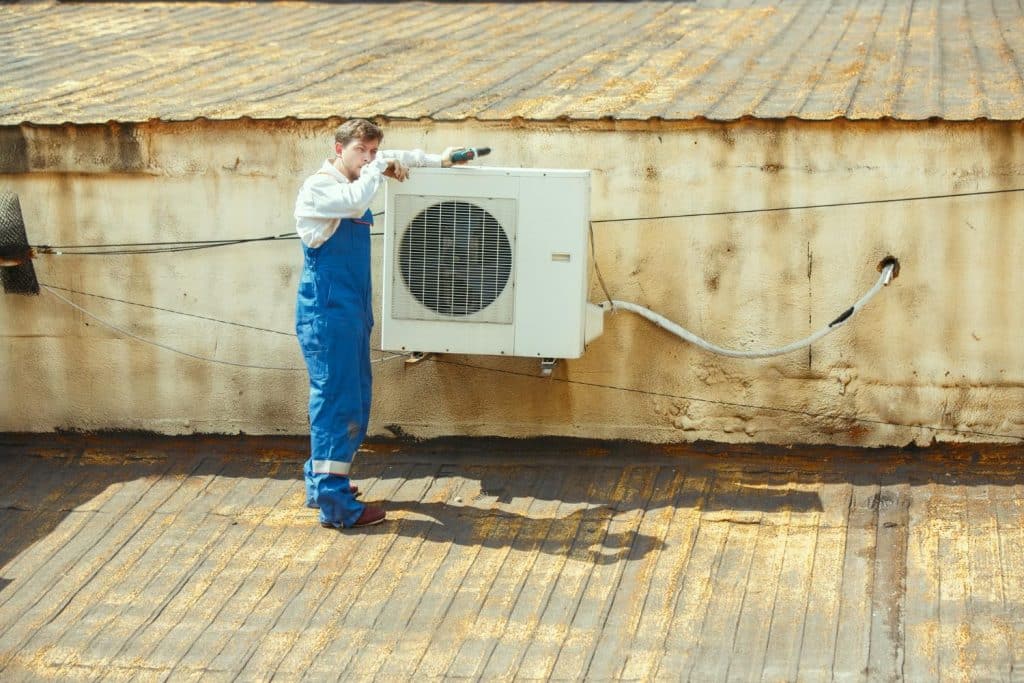
Additionally, ask if the company is certified by any professional organizations, such as the National Air Duct Cleaners Association (NADCA). Certification from these organizations ensures that the technician has undergone proper training and follows industry best practices.
13. Prepare for Potential Disruptions
Dryer vent cleaning can sometimes lead to temporary disruptions in your home. The cleaning process might generate some noise, and if the vent runs through shared walls, the vibrations may be noticeable in nearby rooms. Depending on the size and complexity of the vent system, the cleaning might also require moving furniture or accessing hard-to-reach areas.
To minimize inconvenience, prepare in advance by informing other members of your household about the appointment and the potential disruptions. If you work from home or have young children, it might be a good idea to plan activities in quieter areas of the house during the cleaning.
14. Ensure Post-Cleaning Inspection
Once the cleaning is complete, make sure to perform a post-cleaning inspection with the technician. They should show you the cleaned vent and discuss any issues they encountered, such as damage or excessive lint buildup. A visual inspection allows you to confirm that the job was done thoroughly and that the vent is free of obstructions.
The technician may also provide recommendations for ongoing maintenance, such as regularly cleaning the lint trap and scheduling future vent cleanings. Take note of their suggestions and follow up on any repairs or upgrades they recommend.
15. Set Up a Regular Maintenance Schedule
After your dryer vent has been professionally cleaned, it’s essential to set up a regular maintenance schedule to prevent future blockages. The frequency of dryer vent cleaning depends on how often you use your dryer and the type of laundry you do.
For example, if you have a large household and do multiple loads of laundry per day, you may need to clean the vent more frequently than a single person who only does laundry once a week.
As a general rule, dryer vents should be cleaned at least once a year, but households with heavy dryer use may require cleaning every six months. Regular maintenance not only reduces the risk of fire but also keeps your dryer running efficiently, saving you money on energy bills and prolonging the life of the appliance.
Conclusion
Preparing for your scheduled dryer vent cleaning is a simple yet crucial task that ensures the process goes smoothly and efficiently. By following the steps outlined in this guide, you can help the technician complete the job quickly and thoroughly, while also taking proactive measures to protect your home and appliances.
Remember, dryer vent cleaning is not just about maintaining your dryer’s performance—it’s also a critical step in ensuring the safety of your home. Whether it’s clearing the area around the dryer, inspecting the vent for damage, or asking the technician questions, each step you take in preparation contributes to a more effective cleaning and a safer home environment.
Setting up a regular maintenance schedule after the cleaning is equally important, as it helps prevent future issues and keeps your dryer running at peak efficiency. Taking these steps will not only save you money and extend the lifespan of your dryer, but it will also give you peace of mind, knowing that your home is safer from potential fire hazards.

